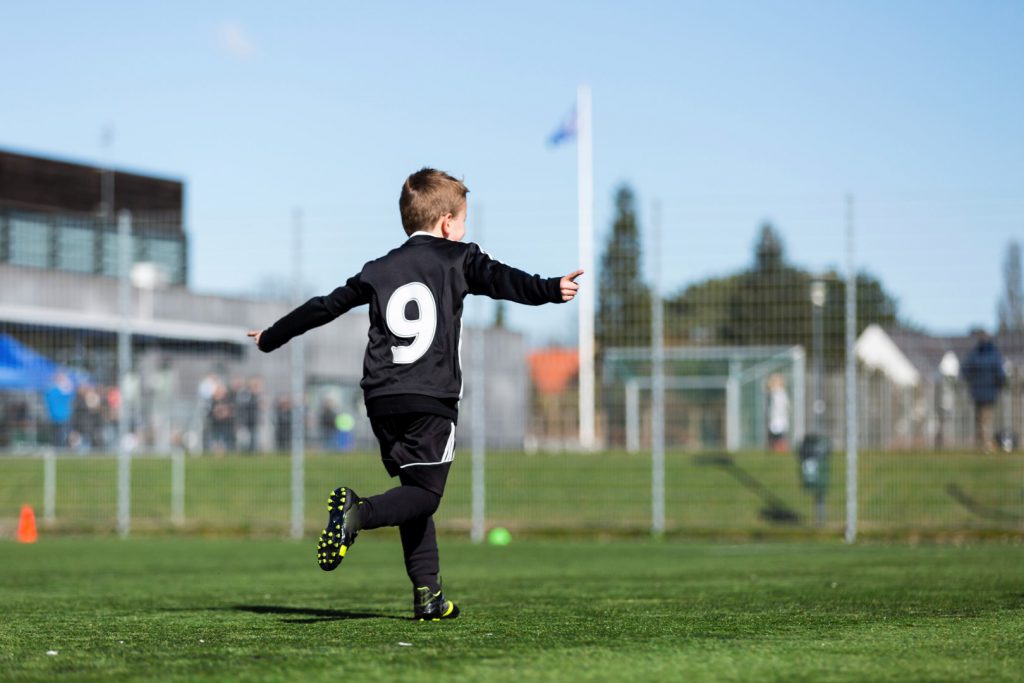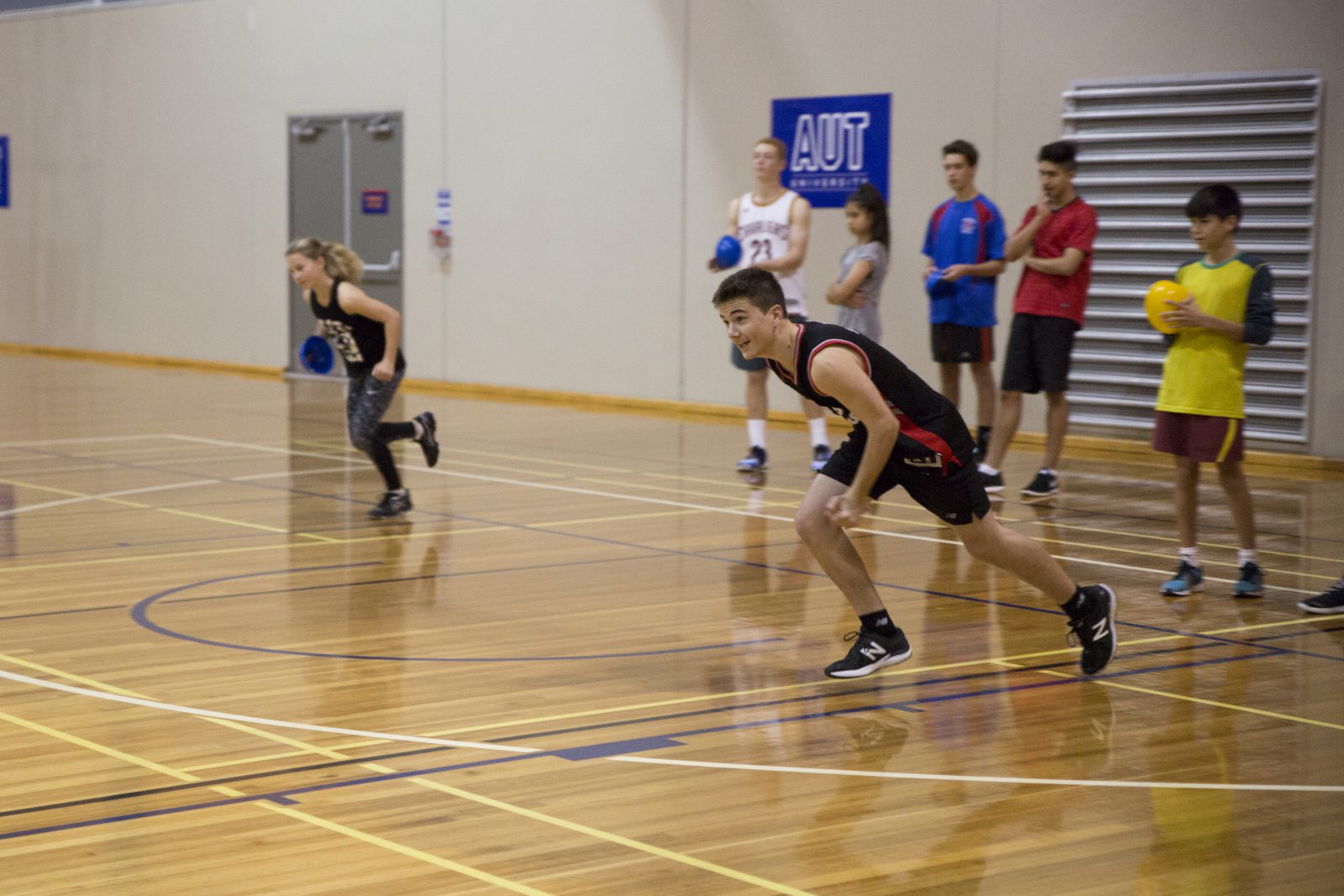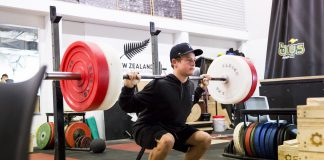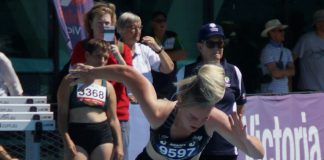Have you ever had an athlete pull out of a maximal fitness test claiming they’re done, when clearly it’s just not the case?
Have you ever stood on the side-line and shouted at your athlete to ‘go harder’, only to have your encouraging words ignored?
It’s easy to think that your athlete is ‘choosing’ to pull back, to go at pace below what their capable of, to ‘save themselves’ for whatever is coming next.
But what if there was another explanation. What if they genuinely believed that they were going as hard as they could possibly go?
The ability to push yourself hard in training, to keep going when the going really gets tough, is a notable attribute of every top athlete.
So why don’t we teach it?
Effort is a Learned Skill
Effort is about two things. Anchoring and familiarisation
1) Anchoring
To work accurately at a particular level of effort, you need anchors. In other words, you need to know what it feels like to take it easy, and to push it as hard as you possibly can.
You can do this by experimentation. By setting tasks that allow athletes to explore different intensities, and then getting them reflect on how they feel.
Take the beep test for example, a common fitness assessment used with young athletes. Before running the test, spend time discovering the end ranges of levels. What does it feel like just starting out? And what is that uncomfortable feeling like as you approach the point of exhaustion?
You can also do this in competition. Talk to your athletes about the times during a game that demand maximal effort, and those when they can afford to ease back. Then bring their attention to these times, and what it feels like to work through them.
But remember, benchmarks should be individual. A particular level on the beep test, or type of play during a game, will not feel the same to every athlete. And therefore, their perceived level of effort will vary.
 2) Familiarisation
2) Familiarisation
Once anchors have been set, go about familiarising your athletes to the range of intensities in between. A nice way to do this is to use a 10-point effort scale (figure 1).
| Score | Perceived Effort |
| 0 | Nothing at all, like you’re sitting on the couch. |
| 1 – 2 | Super easy, like a slow walk. |
| 3 – 4 | Moderate – you can hold this intensity for a long time. |
| 5 – 6 | Hard – holding this pace for an extended period of time is difficult. |
| 7 – 8 | Very hard – you can only hold this pace for a couple of minutes or so. |
| 9 | Almost as hard as you could possibly go. |
| 10 | Maximal – as hard as you’ve ever gone in your life. |
Figure 1. Scale of perceived effort.
For each training and competition task your athlete encounters, have them assign it a score that corresponds to their perceived level of effort. Over time, they’ll build up a ‘directory of intensity’ that you can use to achieve different learning objectives.
Setting anchors for effort, and familiarising your athletes to the wide range of intensities they’ll experience, will provide recognisable physiological and mental states that can be used to enhance development. And, ultimately, the reassurance that your athletes will know what you’re asking for when calling for effort.
Subscribe to our mailing list




































